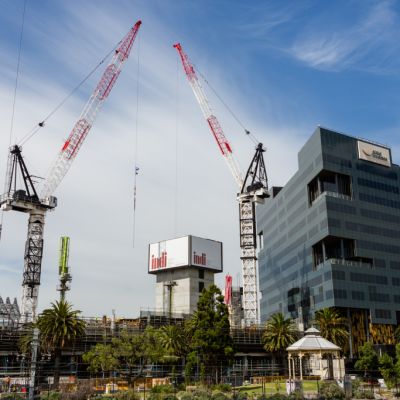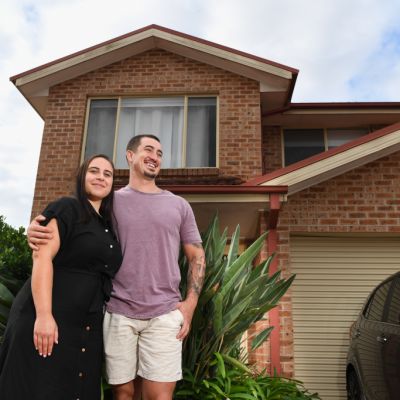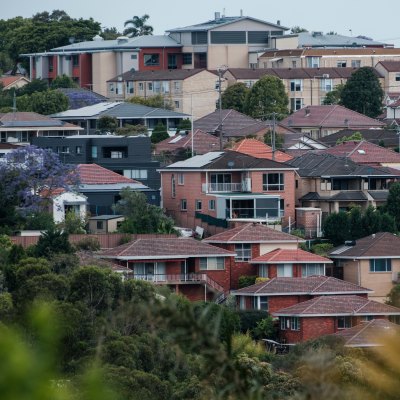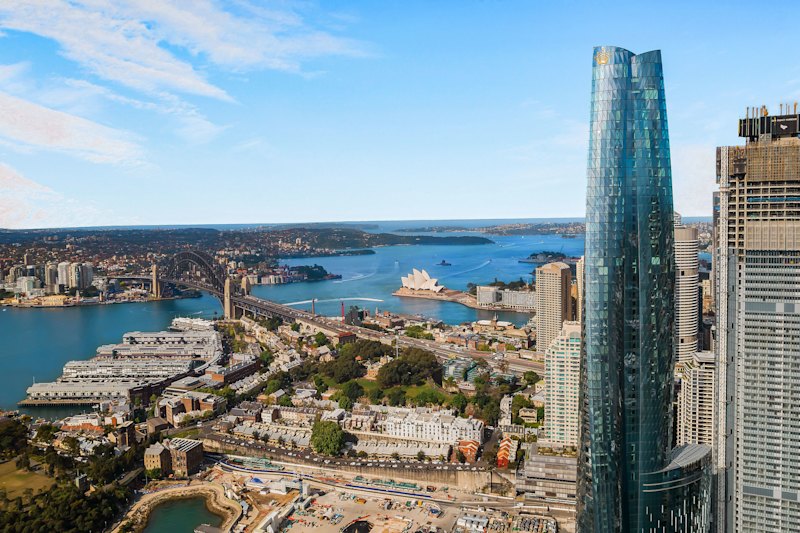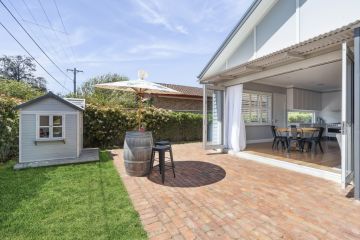How the gap between home buying hopes and reality just got wider
The gap between wages and house prices just got wider, and experts say it will continue to grow unless there are sweeping changes to tax and planning policies.
Wages increased by 0.9 per cent in the December 2023 quarter, according to the Australian Bureau of Statistics Wage Price Index, released on Wednesday. The report showed wages had been steadily increasing each year since the end of 2020, representing a 10 per cent increase over three years.
But in the same period, the median dwelling price for the combined capitals jumped by 2.2 per cent for the quarter and almost 24 per cent since late 2020, Domain data showed.
PRD Real Estate chief economist Diaswati Mardiasmo said the federal government had highlighted that wage growth was strong.
“In some ways, they are correct – from a data perspective, it is a sharp increase,” Mardiasmo said. “But if you layer the house-price growth on top of that, house prices are much steeper.”
When dwelling prices are compared with wages over the past 20 years, the difference is pronounced. Wages have not quite doubled in that time, while home prices have nearly tripled.
For a moment in late 2012, wages and housing seemed to come back into balance – but, since then, wages have risen by almost a third and dwelling prices have nearly doubled.
Mardiasmo said even during times when house prices had softened – most recently from 2022 until early 2023 – the downturns were not long or steep enough for wages to gain pace.
“House prices bounced back up so quickly, we didn’t have what I call a holding period. There was no time for people to catch up.”
What’s more, she said, pay cheques will not keep increasing for much longer.
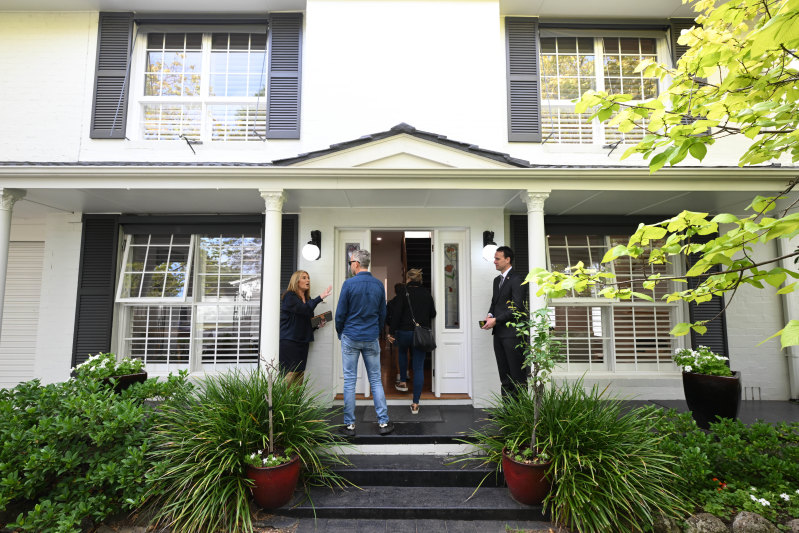
“Wages are starting to plateau,” she said. “If they keep going up – in the current economic climate with people buying less and businesses making less money – businesses will have to cover the cost or close.”
Either that, or they may decide to cut down on employees, Mardiasmo said.
“People are already getting laid off in areas like construction, retail and hospitality,” she said. “Businesses are saying, ‘Do we stay open with fewer people at the same wages or close?’”
It wasn’t always like this.
Twenty years ago – from late 2003 until mid-2006 – wages growth and property prices grew at a similar rate, with increases in pay packets sometimes even larger than jumps in home prices.
But then, house price growth started to outpace wage growth and workers’ take-home pay has never caught up.
Grattan Institute economist Joey Moloney said an uptick in international migration in the 2000s was a reason house prices began to soar – but not the only one.
“Migration delivers a whole bunch of other benefits to Australia that can’t be discounted and if you said ‘Let’s just cut migration for the sake of housing’, that’s almost cutting your nose off to spite your face,” Moloney said.
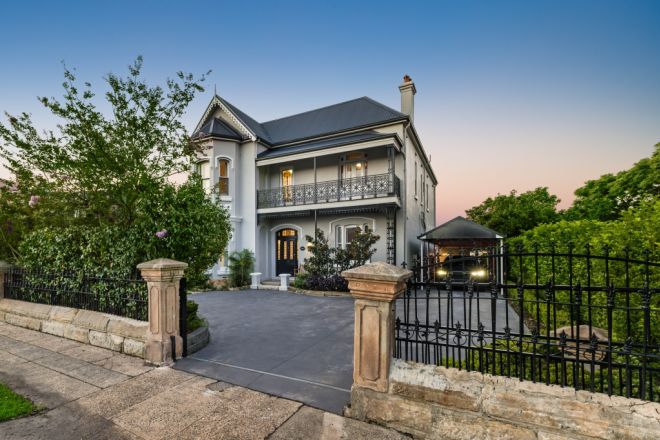
In fact, COVID did see migration stop altogether and house prices went up anyway. Moloney said extreme interest rate cuts were the culprit.
“Once the RBA cut rates to zero, house prices shot up. The effect of low interest rates on the amount people can and will borrow swamped the population effect,” he said.
The way investors were taxed also kept prices high, he said, with a 50 per cent capital gains tax discount and negative gearing working hand-in-hand to make property investing lucrative.
“It has just encouraged more speculation in the housing market than what I would argue is healthy,” he said. “A more reasonable capital gains discount would be 25 per cent.”
But even if rates were stable and tax breaks were reigned in, Moloney said prices would not come down unless more homes were built and changes were made to local planning laws in many of the country’s highly sought-after suburbs.
“If all of the restrictive zoning in those really desirable inner suburbs had been more permissive and we’d been allowed to build more houses where people really want to live and work, that would have led to lower prices and rents,” he said.
“What a lot of advocates – me included – want is for a lot of those suburbs that are currently just single-dwelling zoning to be medium-density zoning.”
He said this did not mean building high-rises everywhere; it meant building a mixture of housing types in suburbs close to transport, workplaces, schools, shops and entertainment.
“Creating livable, high-amenity suburbs where there are options for families to live,” he said.
We recommend
States
Capital Cities
Capital Cities - Rentals
Popular Areas
Allhomes
More
- © 2025, CoStar Group Inc.
